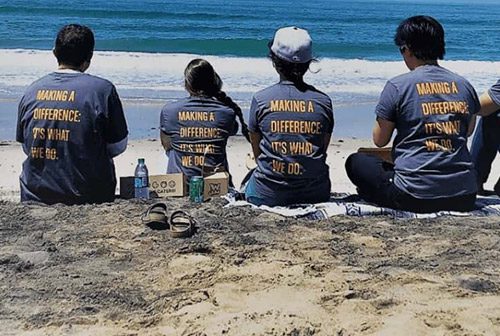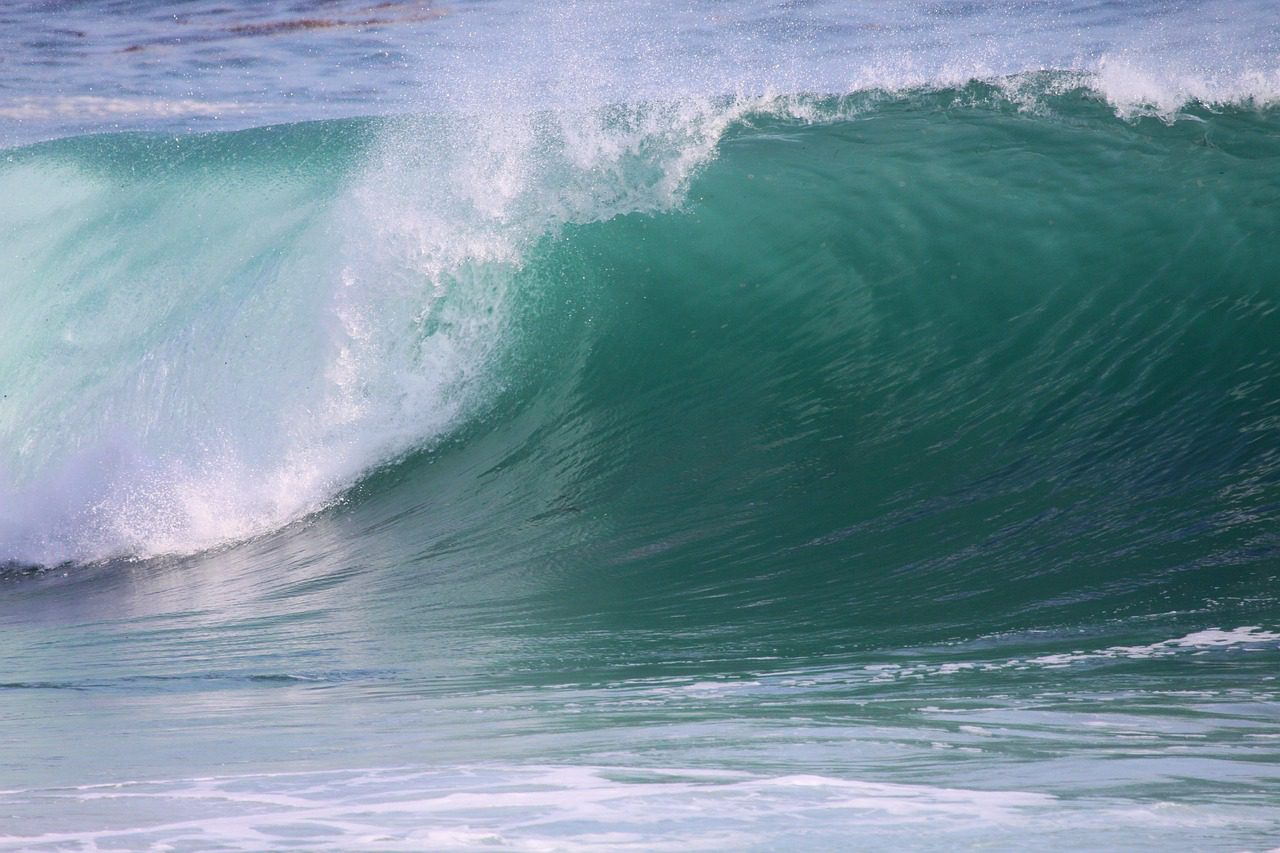

Indirect Potable Reuse vs. Desalination: We support a diverse water supply portfolio. However, with the region’s limited resources, San Diego County’s immediate capital investment—and corresponding rate increases— should focus on potable reuse projects.
Updated October 4, 2012
San Diego Coastkeeper supports a diverse water supply portfolio. However, with the region’s limited resources, San Diego County’s immediate capital investment—and corresponding rate increases—should focus on potable reuse projects.
- Potable reuse solves two problems for the price of one. Potable reuse will add a high quality, reliable water source to the region’s supply. It will also decrease pollution. The Point Loma Sewage Treatment Facility discharges approximately 140 million gallons of advanced primary treated wastewater into the ocean daily under a Clean Water Act waiver. The current cost estimate to upgrade Point Loma to secondary treatment and compliance with the Clean Water Act is $1.2 billion. Potable reuse projects offload wastewater from Point Loma, reducing—or potentially eliminating—the costs of upgrading Point Loma, while at the same time building water supply infrastructure.
- Ratepayer fatigue means limited opportunity for significant capital projects. Resources are limited, and asking ratepayers—particularly low- or fixed-income families—to pay multiple rate increases will be unpopular. The Poseidon Water Purchase Agreement anticipates water rate increase of $60-$84 annually per household of 4 by 2016. How much more of an increase could ratepayers stomach for potable reuse projects if the Carlsbad desalination goes forward? And how would ratepayers fare with the desalination rate increase along with a rate increase to upgrade Point Loma?
- Capital investments requiring rate increases should be prioritized by greatest long-term benefit. Decisions should be based on the best strategic opportunity, not which project gets shovel-ready first. Potable reuse packages pollution reduction and local water production into one project, making it the best capital investment for the region now. Ratepayers deserve fair rates and strategic capital improvements based on the greatest efficiencies
- Potable reuse water is cheaper than desalinated water. The City of San Diego’s Recycled Water study estimates that the net cost per acre foot of indirect potable reuse water will run between $700 and $1200. A large chunk of that cost comes from pipelines to transport ultra-clean water to reservoirs to mix with dirtier, imported water. Direct potable reuse water will likely be even cheaper than indirect potable reuse water. The proposed water purchase agreement for Poseidon desalination is $1,876 to $2,097 per acre-foot in 2012 dollars.
- Potable reuse rates can be split between water and wastewater ratepayers. While the cost of desalinated water would be carried by water rates, the cost of capital upgrades for potable reuse water could potentially be shared among water and wastewater ratepayers.
- Potable reuse projects are better for the environment than desalination plants. Potable reuse projects not only reduce the amount of pollution discharged into the ocean, but they also are less energy-intensive than desalination plants. Not only is lower energy use cheaper, but it is the preferred approach in light of global climate change.













